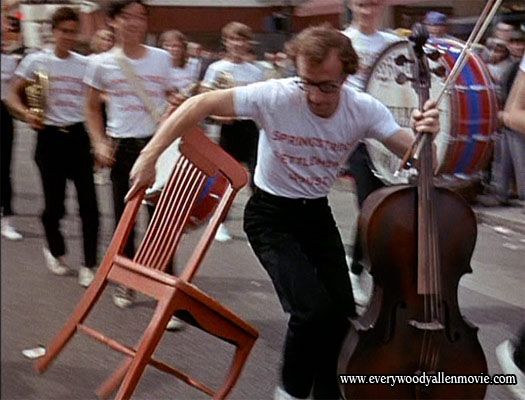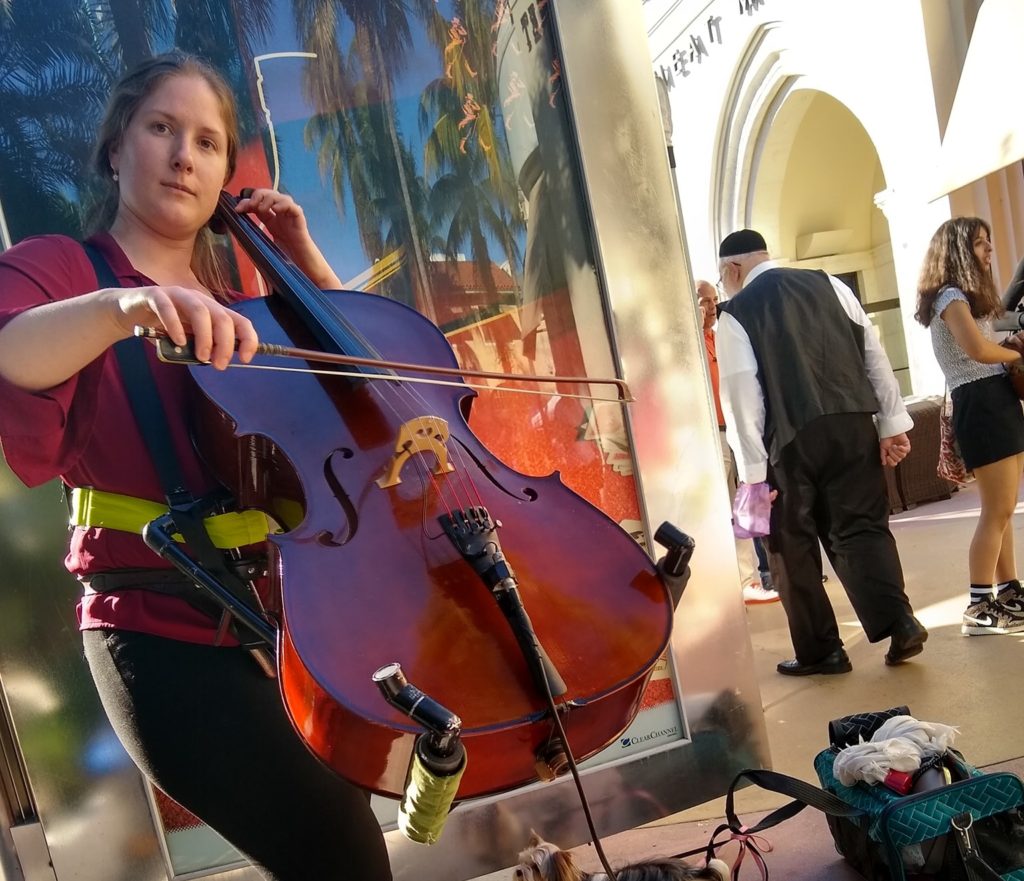These days, I’d rather play standing up than sitting down, that’s how much I love it.
In my early days of playing Rock, Blues and Jazz, I heard the same thing: “We can’t see you, the audience can’t see you, can you play standing up?”
Having spent 20 years in the Classical world, including Moscow Conservatory, Juilliard, and 10 years studying with a great Maestro, I was certain playing standing up would be a challenge. You should never mess with your geometry.
After 20 years of practice sitting down, the muscle memory is now honed to that position. If I try to twist and pull them in ways they are not used to, it might be the end of my cello days.

I researched how other cellists do it. One cellist extends his endpin and plays hovering over the cello, and there’s Rashad Eggleston’s strap system. I tried both ways, and ended up nearly crippling myself permanently with carpal tunnel and tendonitis because the playing geometry was all wrong.
I have never tried the Block Strap, and as much respect as I have for Mike Block, I don’t think it’s the best solution because it puts strain on the cello where it’s not designed to be strained. My physical playing antics in a Rock show might rip the instrument apart. Physics tells us that ‘you can’t push on a rope’, and an outward push at the bottom of the instrument is exactly what the cello needs. That’s the role of the endpin.
So I decided to make my own device. The first thing I did was to sit down in my preferred playing position and had a friend measure my endpin’s angle off the floor with a protractor. I then used some trigonometry and figured out everything else. The first time I had a use for trigonometry since high school.
The first prototype was built out of rolled-up newspaper and tape. I could cut or glue pieces as need be. Once I had the general shape worked out, I built a version out of PVC. I really like PVC – it’s like Lego for adults. When shopping at the hardware store for the first time, I asked an attendant for help. He showed me all the fittings, and told me that if Leonardo da Vinci were alive today, you’d find him in the plumbing section of the hardware store.
The first prototypes were good but not great. I essentially needed duck tape to make it work correctly. The new model is perfect: 17% lighter, simpler and more reliable.
I have used the Cello Libre for hundreds of hours, including a 4-hour marathon, and can report that I had no pains whatsoever. Three cellists have tested it, and right off the bat they played as well as they would have played sitting down.

Ten minutes after putting it on, Julien is in the middle of The Swan. 
Two minutes into of Prelude from Suite 1, not missing a single note and loving it.
For full disclosure, it’s not 100% like playing sitting down. It takes a bit of a learning curve, but the key to success is proper Cello Libre placement. I made adjustable straps and can get that ‘just right‘ fit.
You will need to figure out a strap system, or buy one from me for $25 or $40 with a belt.